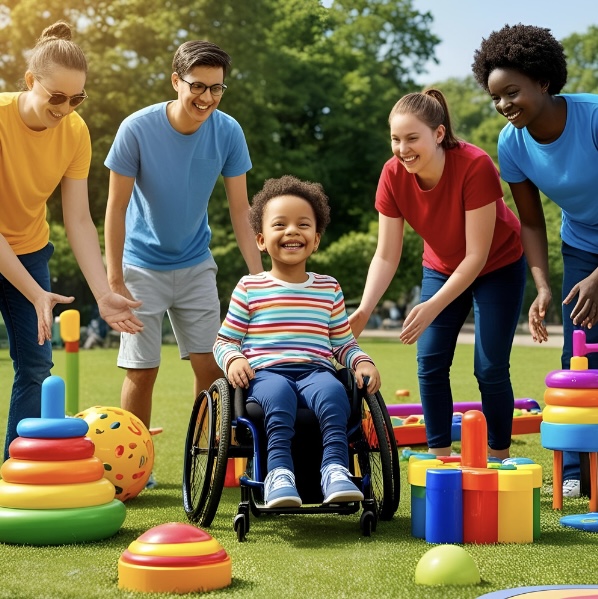Objects of Reference

What are objects of reference?
Objects of reference allow a child to develop their understanding by relating an object to an activity. An example would be seeing a small rubber duck before bath time. This supports communication, builds understanding and promotes choice. The objects can relate to needs, wants, people or places. This helps your child understand their daily routine, and prepares them for any change in activity.
They are particularly useful for those with complex needs. Objects will help your child understand their environment, anticipate events and express preferences.
Types of object
- Visual – where you show your child the object.
- Tactile – where you let your child touch and feel the object.
- Auditory – where the object relates to a sound.
- Sensory – where the object relates to a smell.
The objects need to relate specifically to the activity, person or place they represent. They can be unique to your child, but need to be used consistently.
How to use objects of reference
Begin with 2 or 3 regular activities. Collect together objects to represent activities, people or places. This could include for example nappy changes, bath time, play time or feeding.
Your child may already get excited with some objects. An example is the spoon they use to eat during feeds. This would make a positive object of reference for feeding. It is good to build on reactions and associations your child has already. You may also get ideas and hints of other objects to use successfully.
Promoting choice-making
Once your child understands the connection between objects and activities, they can be used to offer choices. This will help your child feel some control and influence. It should also make them empowered. The objects can reduce anxiety by providing predictability and establishing routine activities.
A good example is with LB and music. I offer him a star or a bunny. Whichever he picks, I then sing twinkle twinkle or sleeping bunnies. He has been enabled to make a choice. I could have used sounds instead and based his selection on his reaction.
Hints and tips
- Make sure the objects are close by so they can be consistently used.
- Present the object(s) immediately before the activity begins.
- Give your child time to explore and understand the object(s). Be patient with them, and use the objects consistently.
- Show other people how you are using the objects. This will help everyone use them the same way. Your child will benefit from this consistency.
- Remember, it may take time before your child shows positive responses. Allow them time and don’t rush them. This is a positive experience that they should learn to enjoy.
Sources of Further Information
Objects of reference